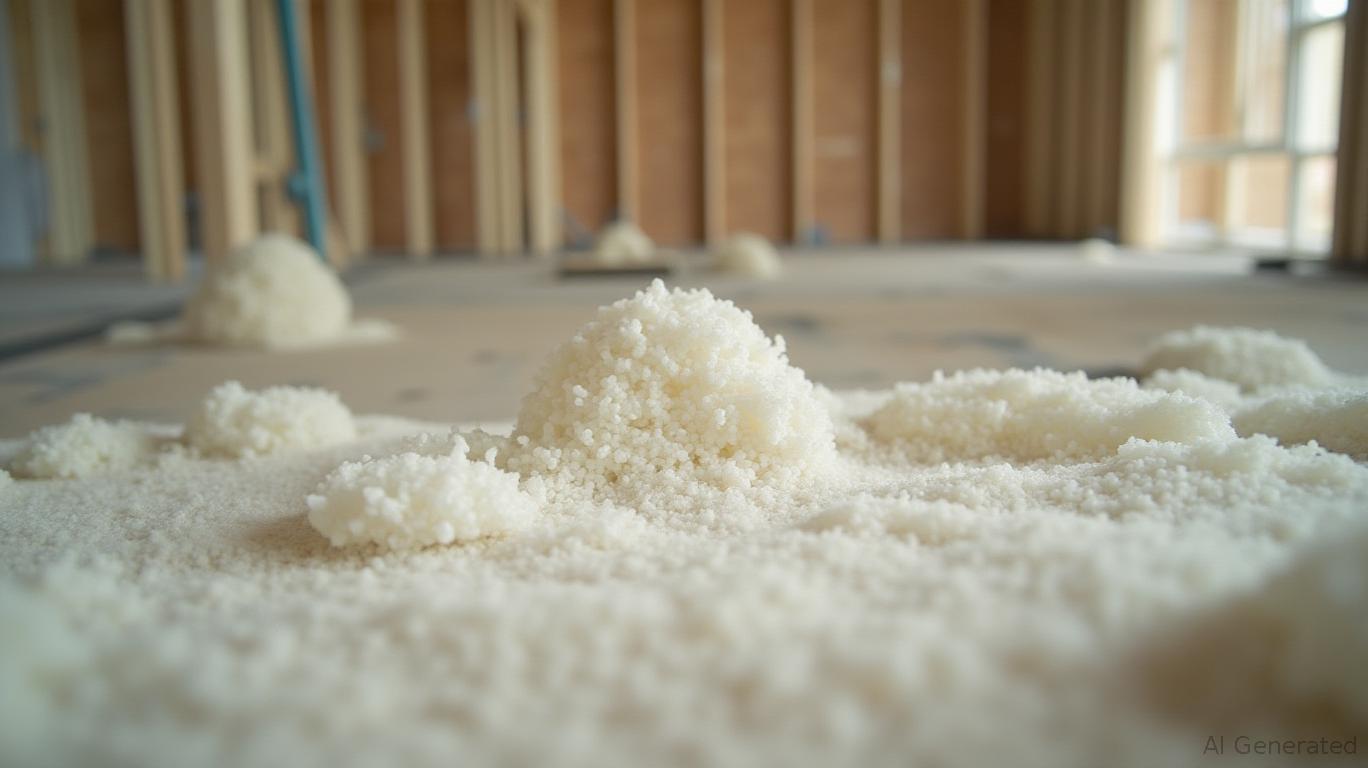Calculating The Fair Value Of James Halstead plc (LON:JHD)
Thursday, Dec 26, 2024 12:54 am ET
James Halstead plc (LON:JHD), a leading UK-based manufacturer of flooring products, has been a subject of interest for investors due to its consistent performance and dividend growth. To assess the company's investment potential, it is crucial to calculate its fair value. This article explores the various valuation methods and data points to determine the fair value of James Halstead plc.
Firstly, let's examine the company's historical financial performance and valuation metrics. James Halstead plc has shown steady revenue growth, increasing by 4.01% year-on-year to £303.56m in 2023. Its net income improved by 5.15% to £42.40m. However, its revenue growth rate lags behind some peers like Norcros plc (10.11%) and Tyman PLC (4.31%). Its net profit margin of 15.30% is also lower than Norcros plc (18.85%) and Tyman PLC (18.67%).

To calculate the fair value of James Halstead plc, we can use several valuation methods:
1. Relative Valuation: Comparing James Halstead's valuation metrics to its peers and historical averages can provide insights into its fair value. Its current P/E ratio of 17.67 is lower than the peer average of 26.4x, suggesting it may be undervalued. Additionally, its EV/Revenue ratio of 2.4x is lower than the peer average of 3.75x, and its EV/EBITDA ratio of 10.92 is lower than the peer average of 18.1x.
2. Discounted Cash Flow (DCF) Analysis: Estimating future free cash flows (FCF) using a DCF model, incorporating expected growth rates and a terminal value based on a reasonable long-term growth rate, can help determine the fair value of James Halstead plc. Adjusting for the company's debt levels by subtracting the present value of its debt obligations from the enterprise value (EV) calculated in the DCF model will provide a more accurate fair value.
3. Dividend Discount Model (DDM): Given James Halstead's consistent dividend growth and payout, the DDM can be an effective method for valuing the company. By estimating the present value of future dividends based on a reasonable discount rate and expected dividend growth, investors can calculate the fair value of James Halstead plc.
AILE, CMBM, EVTL, INVZ, LAES...Market Cap, Turnover Rate...
Analysts' price targets and earnings estimates also contribute to the assessment of James Halstead's fair value. The consensus 12-month price target is £3.00, indicating a potential upside of 70.5% from the current share price of £1.76. This suggests that analysts expect the company's fundamentals to improve significantly over the next year. Additionally, the average earnings growth rate of 5.15% over the past five years supports the notion that James Halstead's earnings are expected to continue growing.
In conclusion, calculating the fair value of James Halstead plc involves a combination of relative valuation, DCF analysis, and the DDM. By considering the company's historical financial performance, valuation metrics, and analysts' estimates, investors can make more informed decisions about the company's investment potential. However, it is essential to remember that valuation is an art rather than a science, and no single method can provide a definitive answer. Therefore, investors should always conduct thorough research and consider multiple perspectives before making investment decisions.

_b905d9341749265671656.jpg)






